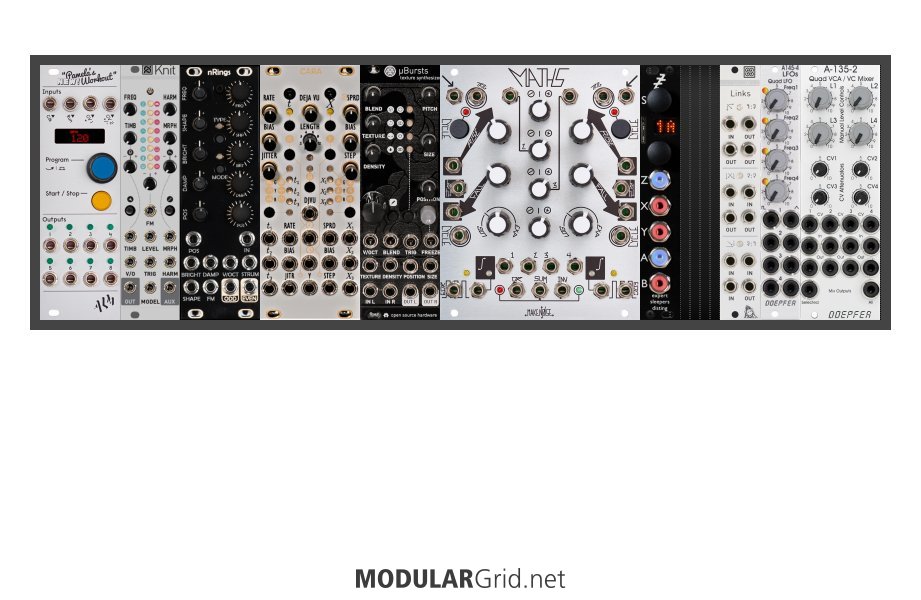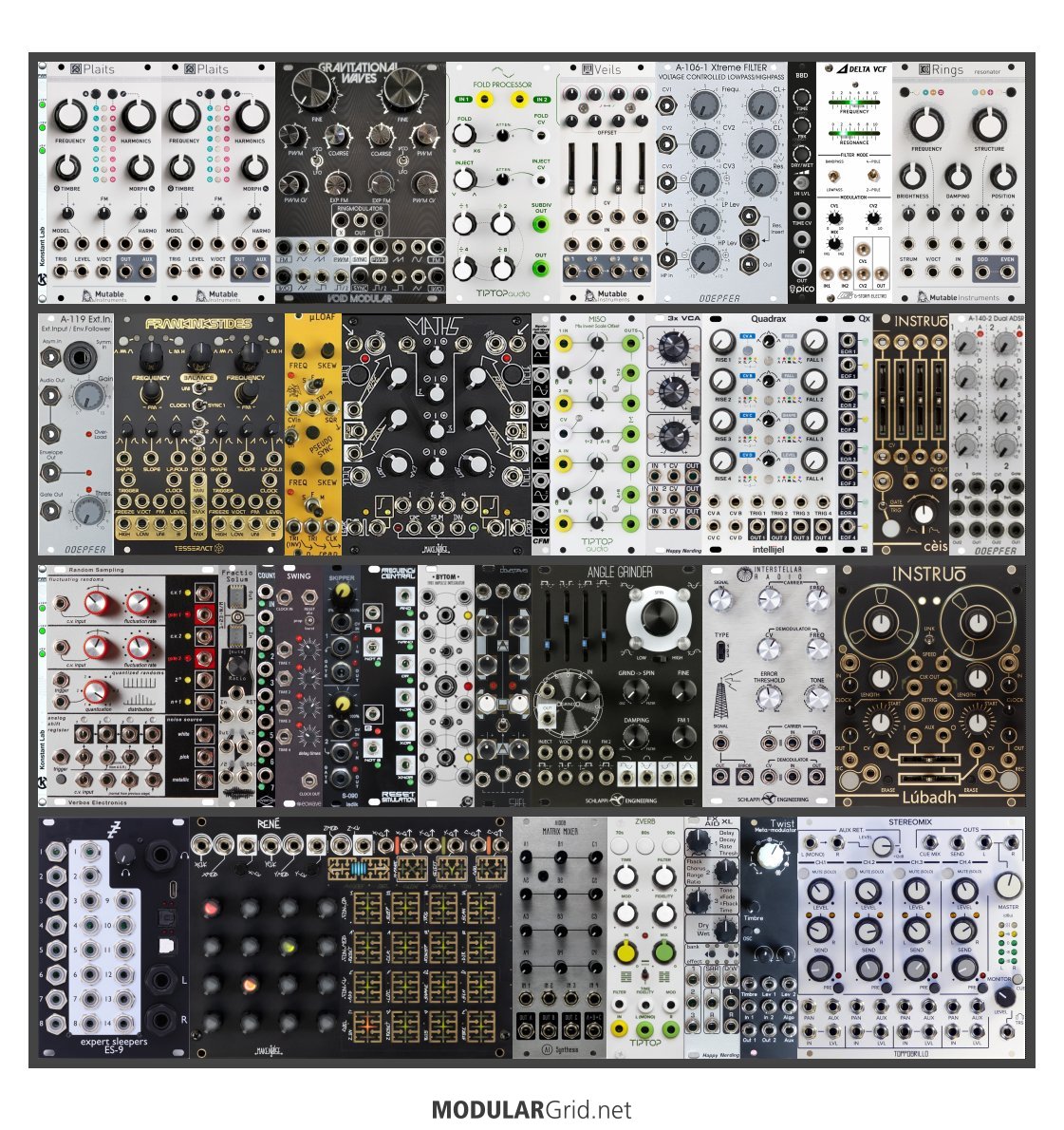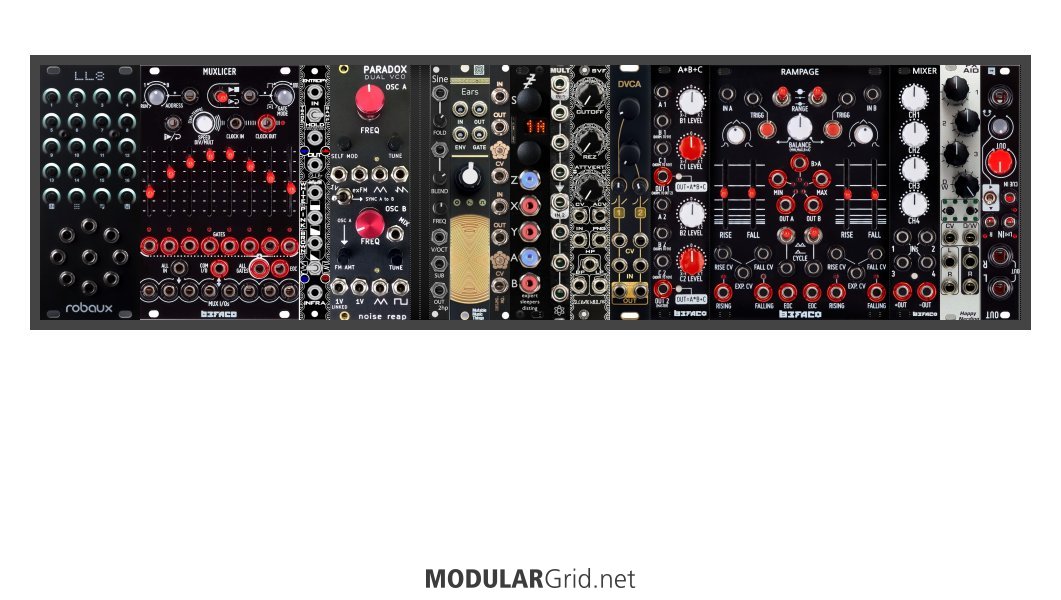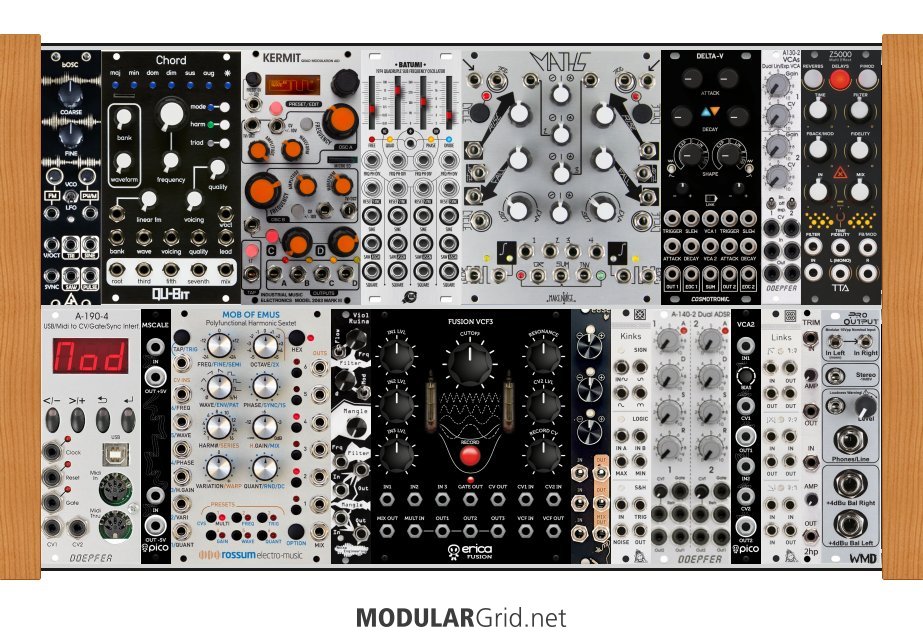Hi, I agree with @troux, that your above build already appears to have a good balance.
As far as your future / aspirational builds go, my (highly subjective) suggestions would include:
-- yes, of course, bigger case. Maybe considerably bigger (like Doepfer Monster) so you have good room to grow? Personally I've gone with stackable Doepfer cases because i) power supplies are robust ii) I figure if I need another similar case in a few years, there's a good chance Doepfer will still be offering cases. I want to avoid a bunch of odd size cases from different manufacturers -- instead trying to standardize my case setup(s). In any event, if you think you'll be into modular for a good long while, I'd recommend playing the "long game" with cases
-- complex oscillators: I've spent a lot of time with softsynths. IMO complex oscillators like MN DPO and Instruo C-sl are a lot of fun, a lot of (for me) the joy of modular (compared to VSTs). Also, these make me think more in terms of "west coast" synthesis, which is something modular is great at, and most VSTs relatively bad at.
-- waveshapers: again, for me, these are part of the joy of modular, and something modular excels at. Intellijel Bifold, Instruo wavefolders, Joranalogue. There are a lot of solid choices.
-- I think you could benefit from some more FILTER firepower in the rig, add some interesting items like the higher end filters from Rossum, Intellijel, Joranalogue, etc. These go way beyond what a VST filter can normally do. I'm trying to think of filters not only in the normal VST (frequency removal / accentuation) way but also in a more "west coast" way of adding / mangling frequencies, which is again something modular is better at (IMO) than VSTs. Rossum Linnaeus is a great example of a module that has a huge and unusual sonic range for a filter.
-- when you want more CV or more complex CV, I can suggest: Stages, which I love; 4MS SISM for shift, invert, scale, mix etc; a matrix mixer of some kind (CV-able or not); some of the ADDAC modules like Sum/Diff, etc. You already have a good bunch of CV, so probably add more CV-control modules like SISM, matrices etc before going too far with more CV.
-- more other utilities, various. Don't underestimate what more "humble" and perhaps non-obvious modules can add to your system in capabilities. This is kind of a bottomless pit topic. If you haven't seen these websites already, I would suggest searching on the Ladik and NonLinearCircuits websites will be very mind opening on just what "other" modules might be capable of adding to your rig. Additionally, searching a lot of Lugia's rigs and posts on this forum are a great way to consider other modules, setups, etc. I've learned a lot from studying his (and some other power-user's) setups and comments.
What's really good is it looks like you already have a solid setup and an idea of your focus and direction. SO you can just add and explore from there.
Again my suggestions above are very subjective / personal. Hope these give you some interesting ideas to explore!



